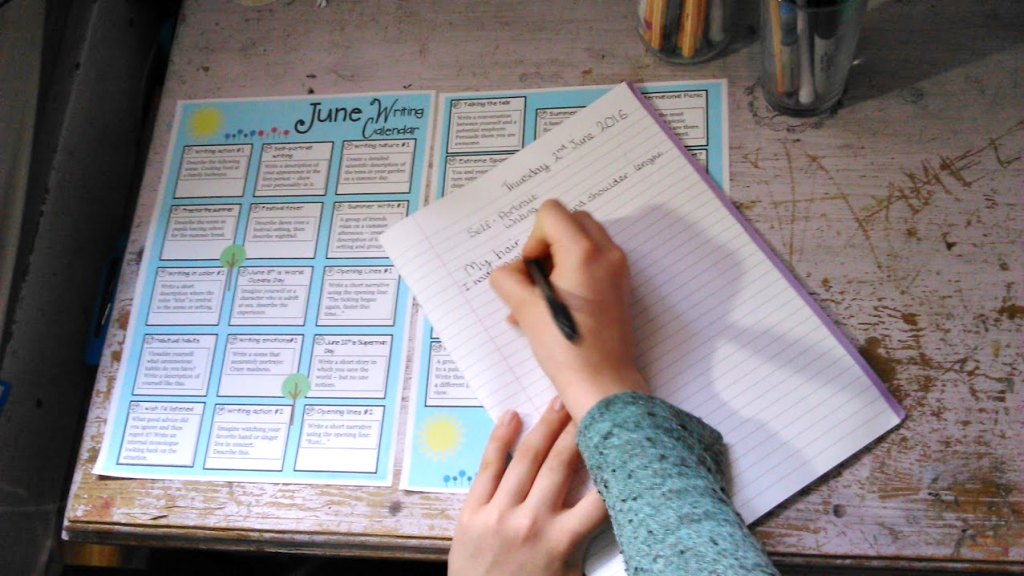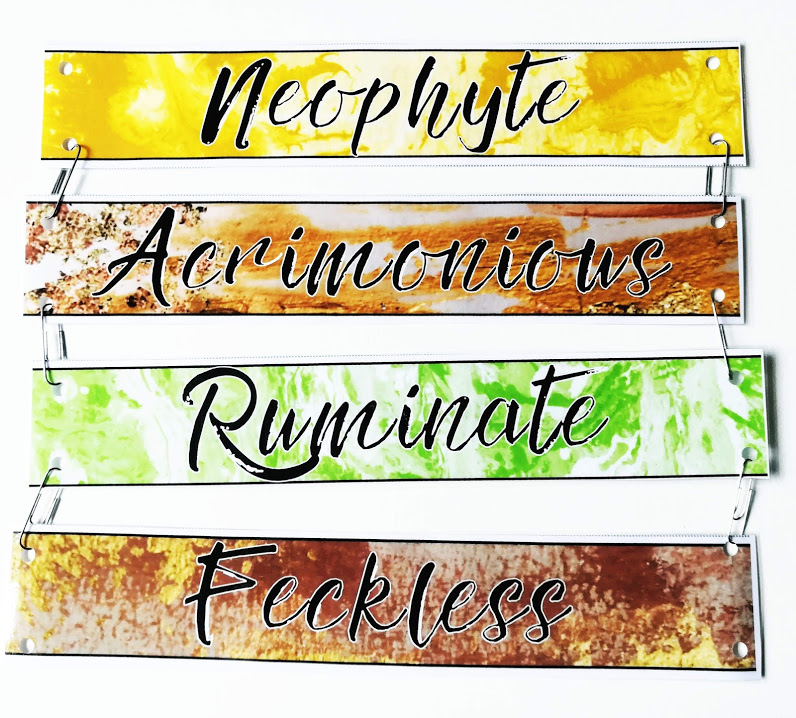5 tips for new writing teachers

As we head back to school for another year of writing, I thought I would just take a minute to share my 5 top tips for teachers who are new to teaching writing.
1. Do all the writing tasks yourself first.
I am a firm believer that if I want students to complete any writing task (small or large) then I need to do it first. Why? It’s the same reason why we read the text before we teach it. I need to know that the task I’ve set will achieve the outcome I’ve planned for. So rather than just project a picture of an elephant and say write a description. I write the description. The side-benefits of completing the tasks yourself are: you can create mentor texts that suit your students; it helps with pacing – writing ALWAYS takes longer than we think (doing the writing yourself proves this); it helps you understand the ‘in brain’ process your students will go through (so you can support them better when they get stuck); and it can help you spot with misconceptions and simple errors.

2. Have a clear outcome for every writing task
This sounds obvious, doesn’t it? But let me break it down why it’s important. There are so many skills that we teach and test for in writing. The technical aspects of grammar, spelling, sentence construction, dialogue. Then you have narrative structure, character creation, mood, atmosphere, action, resolution. Finally, there are things like word choice, punctuation, literary devices, genre writing. So, for every writing task you set – make sure you and your students are really clear on which of these (and all the others) you want them to focus on. Make it explicitly clear for them.

3. Make the writing process transparent
This tip goes hand in hand with number 2. Creative writing can be (and often is) as stressful and terrifying for students as essay writing. Even students who are readers often can’t see the creative thought process that results in a great story, so we need to show it all to them. That means actively teaching and then demonstrating narrative writing, story structure, character, description, action, dialogue, transitions, literary devices, paragraphing – the list goes on. Show your kids good examples, bad examples, how to fix mistakes, how powerful editing can be.

4. Use “miniature moment” tasks
I don’t call these quick writes because I don’t want to unconsciously indicate that writing can and should be bashed out in 10 minutes. Even if that is the only time I can give a particular task. As all writing (whether it’s about practising sensational similes or creating complex characters) is about creating moments that the reader will remember, I use the term ‘miniature moments’. What are these exactly? Well, they can be anything you want. Lasting from 2 – 10 minutes, these activities are fantastic for focusing on a handful of key elements that contribute to a larger piece of writing. Say for example you will spend the lesson looking at descriptive writing – then your miniature moments could be: listing nouns, sourcing adjectives that add clarity, testing out metaphors, writing open lines, creating a 1-minute piece of dialogue. These miniature moments in themselves should all be compelling pieces of writing, but together that serves as great reminders of everything students need to remember!
I love miniature moments so much I created a 12-month writing calendar full of them! Have a look here if you are in the US or here if you are in the UK!

5. Harvest vocabulary from texts.
This might be my favourite tip. Whenever you read anything with your class – whether you are doing a writing unit or not – harvest vocabulary from the text. There are a couple of ways you can do this: 1) as you are reading together and come across a cool word, make a note of it; or 2) nominate a student or two to be in charge of writing down cool vocab as you are reading. Then I like to make a display of all of the words we’ve collected – this year we made this one. If you are curious about how I teach vocabulary in the classroom then check this out.

If you would like to hear more about teaching writing from me and would like to receive writing prompts and teaching ideas, please sign up for my weekly writing email below! If that wasn’t incentive enough – you will receive my FREE mini-guide for teaching descriptive writing!

Love Creative Writing in your classroom!
Are you ready for dynamite descriptive writing in your classroom?Download your FREE 3-step guide now!
*I send emails with teaching tips, tricks, and free resources to my subscribers regularly. I value your privacy and you can learn more about how I handle your data in our private policy. You can unsubscribe at any time.

